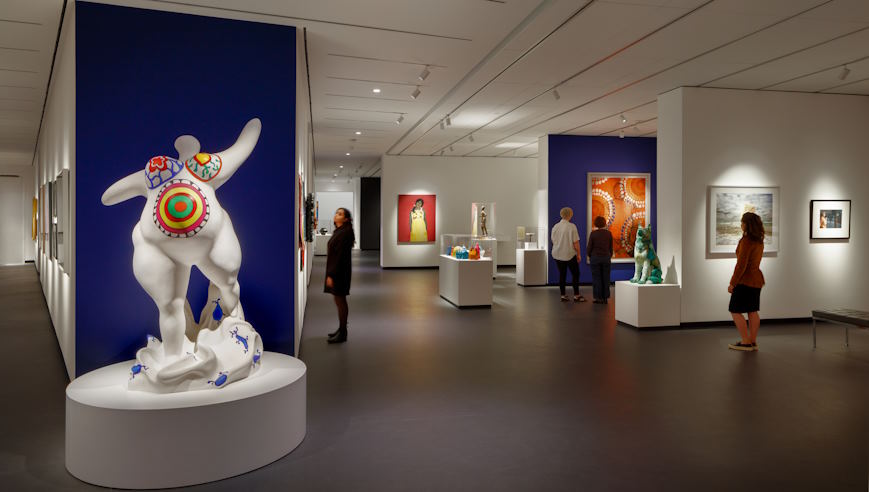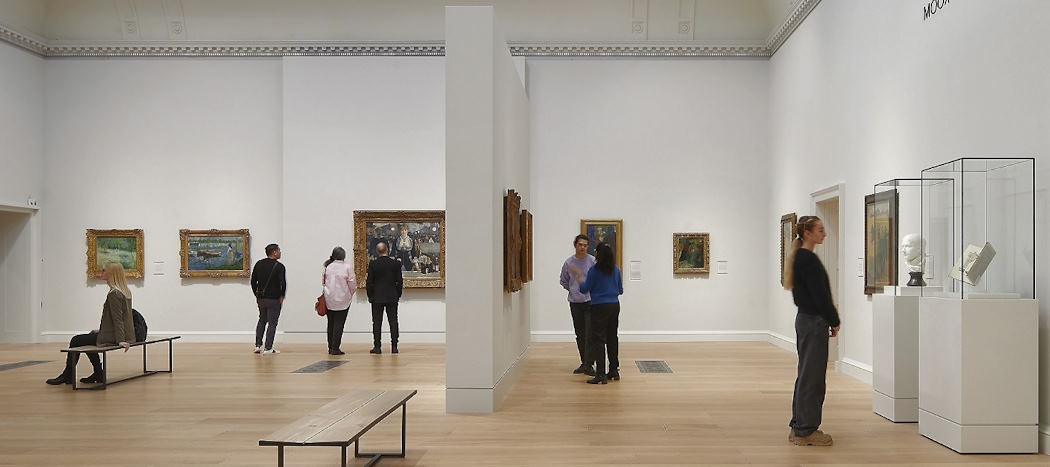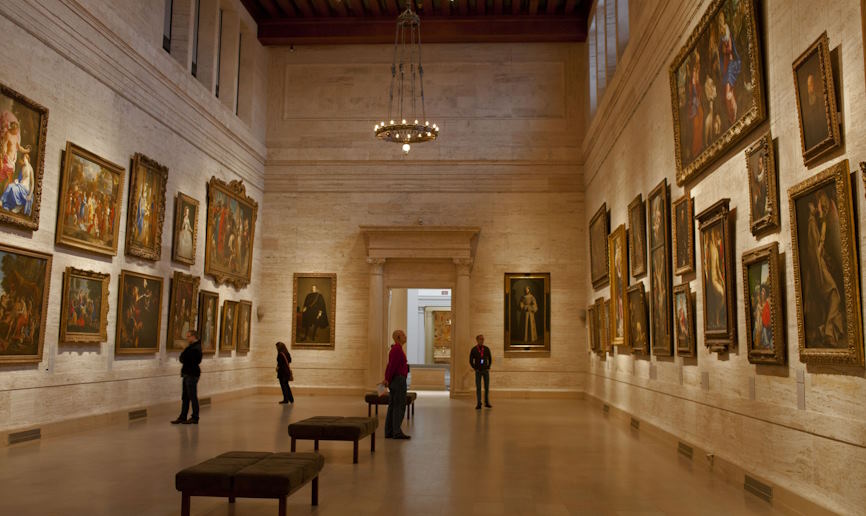Art Galleries vs. Museums: What’s the Difference?
At first glance, the walls adorned with artwork and the hushed atmosphere of both art galleries and museums may seem remarkably similar, leading to the common misconception that they are essentially the same. However, as we delve deeper into their purposes, collections, presentation, and impact on the art world, it becomes evident that art galleries and museums have contrasting roles and contribute uniquely to the appreciation and preservation of art and culture.
Art Galleries
- Definition and Purpose
Art galleries are dynamic spaces dedicated to the display and sale of art. Their primary objective is to provide a platform for artists to exhibit their work and for potential buyers to acquire art. Galleries are often commercial enterprises, which means that the art displayed is intended for sale. This commercial aspect distinguishes them from museums.
- Commercial Focus and Diversity
One of the most significant distinctions of art galleries is their commercial focus. While museums exist for educational and cultural purposes, art galleries are driven by the art market. They aim to promote artists and facilitate the buying and selling of art. Galleries exhibit a diverse range of art forms and styles, from contemporary paintings and sculptures to photography and mixed media installations.

Museums
- Definition and Purpose
Museums, on the other hand, are institutions dedicated to preserving, educating, and celebrating culture and heritage. Their primary focus is not commercial, but rather centered on safeguarding artworks, artifacts, and historical items, and making them accessible to the public. Museums serve as educational hubs where visitors can learn about history, science, art, and the diverse aspects of human culture.
- Non-Commercial Nature and Types of Museums
Museums are typically non-commercial entities. They can encompass a wide array of subjects, including art, history, science, natural history, and more. Art museums, like the Louvre in Paris or the Metropolitan Museum of Art in New York, concentrate on preserving and exhibiting artistic masterpieces, while other museums delve into specific historical periods or scientific subjects.
Ownership and Management
- Art Galleries
Art galleries can be privately owned or run as commercial businesses. These establishments often have directors or owners who curate exhibitions and oversee the promotion and sale of artworks.
- Museums
Museums can have various ownership structures. Some are publicly owned and funded by government entities, while others are privately owned or run by non-profit organizations. Curators, directors, and museum staff play vital roles in the curation and management of museum collections.
Collection
- Art Galleries
In art galleries, the collection is dynamic and may change regularly as new artworks are displayed, sold, or replaced. Galleries acquire and curate collections with an eye towards market trends and the promotion of artists.
- Museums
Museums often have permanent collections that are carefully curated and preserved for the long term. These collections are typically a reflection of cultural heritage and can include centuries-old artifacts and artworks.

Access and Admission
- Art Galleries
Art galleries are generally more accessible to the public, often allowing free admission. They encourage visitors to view and purchase art, fostering a sense of openness and inclusivity.
- Museums
Museums may charge admission fees, which help support their educational programs and the maintenance of their collections. However, they often offer free or discounted access to specific groups, such as students or seniors. Museums also frequently engage in extensive educational programs and outreach activities.
Presentation and Layout
- Art Galleries
Art galleries prioritize the aesthetic presentation of artworks. The layout is designed to enhance the visual impact of individual pieces, making them stand out. The focus is on the art itself, rather than on the historical or cultural context.
- Museums
Museums focus on education and interpretation. Their layouts are designed to provide a context for the artworks, using labels, audio guides, and multimedia displays to help visitors understand the historical, cultural, and artistic significance of each piece.
Role in the Art World
- Art Galleries
Art galleries play a crucial role in promoting emerging artists, fostering art sales, and influencing the art market. They serve as launchpads for artists looking to gain recognition and commercial success in the art world.
- Museums
Museums play a vital role in preserving culture and educating the public. They are essential for research, scholarship, and the preservation of cultural heritage. Museums contribute to our understanding of history, science, and the arts and are repositories of human knowledge and creativity.







